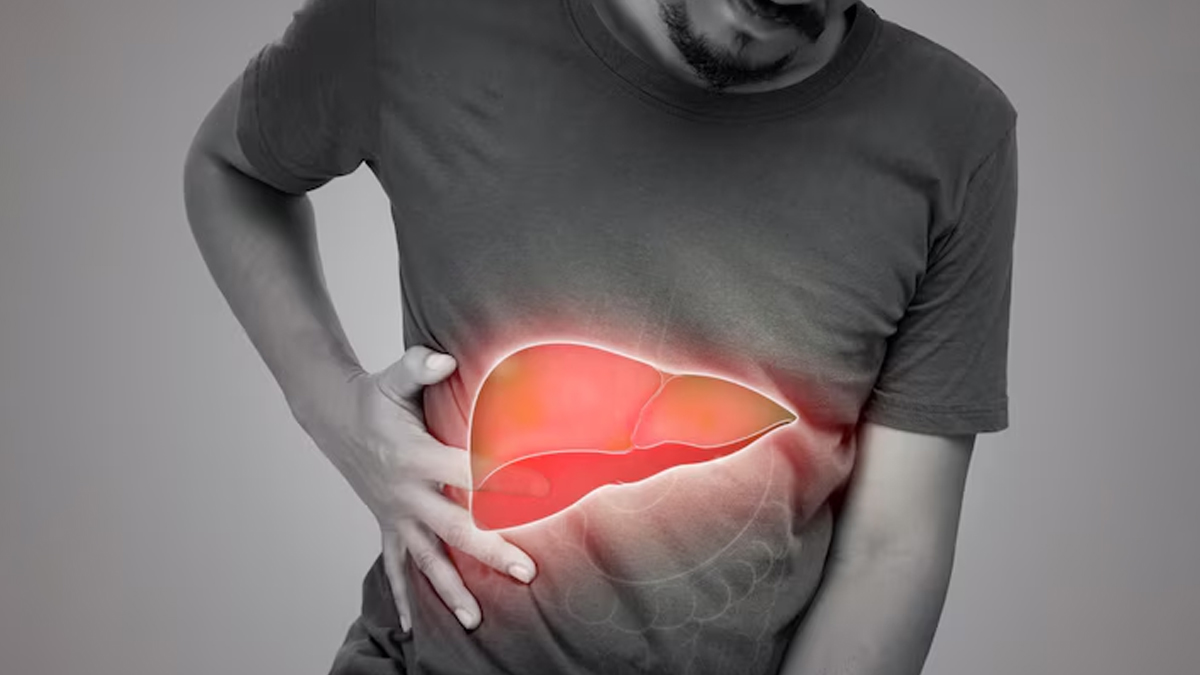
Veteran Odia actor Uttam Mohanty died at 66 years of age from liver cirrhosis after enduring the disease for many months. The news of his death created an industry-wide reaction, while his supporters wept millions deeply. The multifaceted acting career of Mohanty included more than 100 movies where he became famous for roles in 'Abhiman', 'Suna Panjuri' and 'Kie Kahara'.
Table of Content:-
The members of his family stated that he had struggled with liver-related health problems during the last several months. Medical professionals diagnosed his death as resulting from chronic liver cirrhosis whereas this disease gradually destroys liver tissue throughout many years. Mohanty's unexpected death revealed the rise of liver disease incidence alongside a strong need for people to detect it early so prevention measures can take effect.
€nd of an era! Legendary Odia cine icon #UttamMohanty breathed his last at Medanta Hospital. The star of timeless classics like Danda Balunga, Abhiman, Jaga Hatare Pagha, and Chaka Akhi Sabu Dekhuchi leaves behind an unmatched legacy.
— ABINASH MOHAPATRA | ଅବିନାଶ ମହାପାତ୍ର 🇮🇳 (@AbinashMohpatra) February 27, 2025
Odisha mourns its evergreen hero. Om Shanti pic.twitter.com/flmnKOg4PP
Understanding Liver Cirrhosis
-1740720003976.jpg)
Dr Reema Kashiv, Senior Physician, Noble Hospital, Pune, explains that liver cirrhosis destroys liver tissues through gradual damage. Various factors trigger this kind of damage to occur. “Organically our body depends extensively on the liver. The liver produces enzymes to break down food and simultaneously cleans contaminants from blood circulation. Early diagnosis of liver disease becomes essential because of its significance to the body,” she said.
The symptoms of liver cirrhosis include feeling exceptionally tired along with appetite loss and weight decrease, stomach upset and belly pain according to her statement. The main cirrhosis origins stem from heavy alcohol intake and the existence of hepatitis B, C or D and also a liver fat problem and cystic fibrosis together with high iron concentration levels. Every person with liver cirrhosis needs to entirely cut alcohol from their diet. For liver protection, people should maintain a healthy body weight while eating nutritious foods.
Causes and Risk Factors
Cirrhosis in the liver forms over multiple years before it starts exhibiting prominent signs due to extended damage. Common causes include:
- One of the major factors that leads to cirrhosis development is chronic alcohol misuse which directly harms liver tissue cells.
- The liver scars because Hepatitis B and C viral infections ultimately lead to sustained liver inflammation.
- NAFLD results from obesity and diabetes by producing liver tissue inflammation which eventually results in scarring.
- Autoimmune diseases combined with genetic disorders in addition to prolonged use of specific medications lead to cirrhosis development.
ALSO READ: Does Lemon Water Burn Belly Fat? Expert Reacts To The Myth
Symptoms and Warning Signs

During its initial development period liver cirrhosis usually does not cause any noticeable signs or symptoms. Warning signs of the disease start to appear when it advances through the following symptoms:
- Fatigue and weakness
- Loss of appetite and weight loss
- The condition of Jaundice appears as yellowing of both skin and eyes
- The development of swelling affects the legs and creates oedema and ascites inside the abdomen.
- Easy bruising and bleeding
- Confusion or memory loss (hepatic encephalopathy)
Prevention and Management
Early intervention restores life quality by slowing the progressive nature of cirrhosis although no treatment exists to eliminate its presence. Key preventive measures include:
- People should limit their alcohol consumption because it constitutes a critical factor for liver health maintenance.
- Preventing hepatitis infections requires hepatitis B vaccinations together with periodic hepatitis C screenings.
- A balanced diet combined with regular exercise works to stop obesity development.
- Scheduled check-up tests for liver functions can identify initial indications of organ damage.
ALSO READ: Hina Khan’s Cancer Update: Chemo and Surgery Done, Now on Immunotherapy
Conclusion
The death of Uttam Mohanty serves as a conscious reminder about the secretive and dangerous characteristics of liver cirrhosis. Through his work as a cultural icon, his films will continue to live on while his death prompts us to enhance our awareness of liver health. Taking precautions based on risk knowledge with symptom recognition will enable us to defend ourselves against this unnoticeable killer.
Also watch this video
How we keep this article up to date:
We work with experts and keep a close eye on the latest in health and wellness. Whenever there is a new research or helpful information, we update our articles with accurate and useful advice.
Current Version